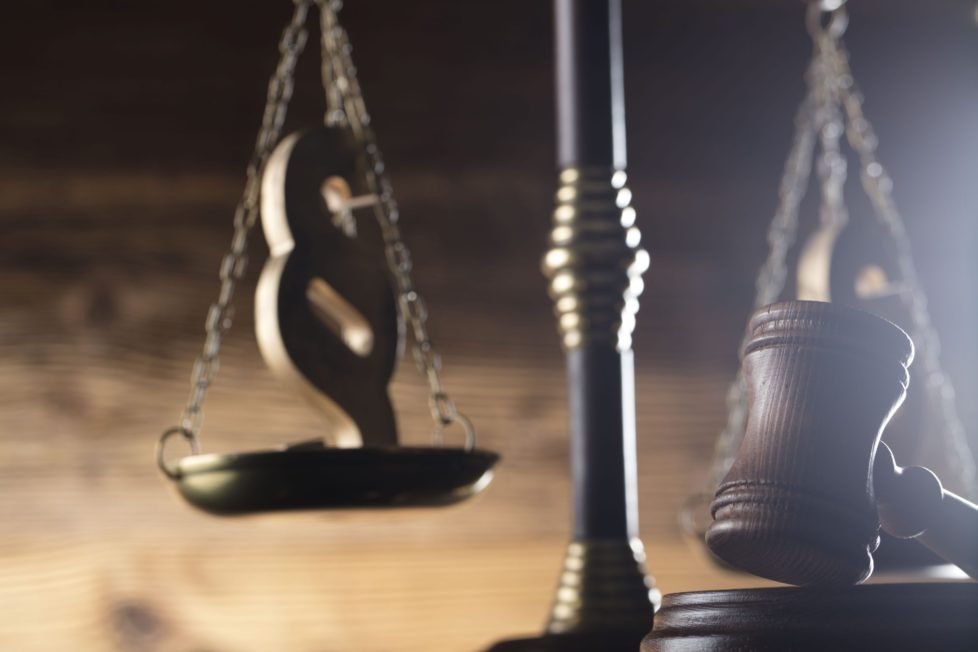Judicial Tyranny and Co-optation of Bureaucracy in India


As the world witnesses a strange phenomena of Capitalist-Communist threat to liberal democracy, India is witnessing its own decline of institutions which were not independent to begin with. Example: the judicial branch.
Checks and balances often exist between different branches of governments – the Legislature, the Executive and the Judiciary. The fourth branch of government is often defined as the Bureaucracy where experts run the show top-down, mostly with the grace of the Legislature and the Executive. However, the root problem of the judiciary being the most vulnerable institution is India’s constitution. The British left long ago, but they left a sour, Brown Sahib culture behind which till date operates against India’s democracy and growth.
The recent farmer-related legislation was successfully passed by the Indian Legislature. However, elements unhappy with the laws who have no proposals of their own except to disrupt the system have gone venue shopping. That is, these elements have sought help of the Judiciary to meddle in Legislative matters which were passed with a majority.
So why is the Judiciary branch extending its tentacles (over reaching) its powers to dictate law? Judges are supposed to stick to the constitution and legislate matters. Why are Indian judges behaving as activists?
So why is the Judiciary branch extending its tentacles (over reaching) its powers to dictate law??? The answer lies in the dangerous powers of capitalists and communists – both entities which might seem antithetical to each other on paper but nonetheless have a common enemy – a democratic play field where governments naturally regulate.
This type of power usurping phenomenon is evident the world over, and in India it has it’s own flavor given the multiple stakeholders who wish to see democracy disintegrated and anarchy instated. India however is at a major disadvantage given the constitution was never approved by the people. The constitution is a hodge-podge of copy-paste from various other constitutions of the time and there has been no real effort to overhaul it. It is probably impossible at this point to overhaul it and start anew.
The Judiciary is almost hopeless and a similar trend is evident in the fourth branch of government – the bureaucratic institutions where bureaucrats including law enforcement have a revolving door or corrupt relations with the Legislature and thereby fail to treat and protect all members of society irrespective of religion. The Indian bureaucracy is fast becoming lopsided given the advantage “minorities” have in terms of scholarships, educational and job opportunities in the guise of reservation.
The fate of the Legislature is not so great as the majority government is unable to do it’s job. This leaves the Executive branch. How much power does the Executive have given the other three pillars of democracy are unstable?
DISCLAIMER: The author is solely responsible for the views expressed in this article. The author carries the responsibility for citing and/or licensing of images utilized within the text.
